Scan barcode
You can start and finish this challenge whenever you like!
Per the Times:
As voted on by 503 novelists, nonfiction writers, poets, critics and other book lovers — with a little help from the staff of The New York Times Book Review.
All book descriptions pulled from the Times list: https://www.nytimes.com/interactive/2024/books/best-books-21st-century.html
Reader's picks challenge here: https://app.thestorygraph.com/reading_challenges/085ad427-b733-455f-b7a1-8a52e8794ee2
Challenge Books
25
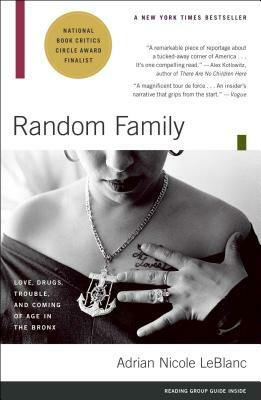
Random Family: Love, Drugs, Trouble, and Coming of Age in the Bronx
Adrian Nicole LeBlanc
More than 20 years after it was published, “Random Family” still remains unmatched in depth and power and grace. A profound, achingly beautiful work of narrative nonfiction, it is the standard-bearer of embedded reportage. LeBlanc gave her all to this book, writing about people experiencing deep hardship in their full, lush humanity. — Matthew Desmond, author of “Evicted: Poverty and Profit in the American City”
Liked it? Try “Invisible Child: Poverty, Survival & Hope in an American City,” by Andrea Elliott or “When Crack Was King: A People’s History of a Misunderstood Era,” by Donovan X. Ramsey.
Liked it? Try “Invisible Child: Poverty, Survival & Hope in an American City,” by Andrea Elliott or “When Crack Was King: A People’s History of a Misunderstood Era,” by Donovan X. Ramsey.
26
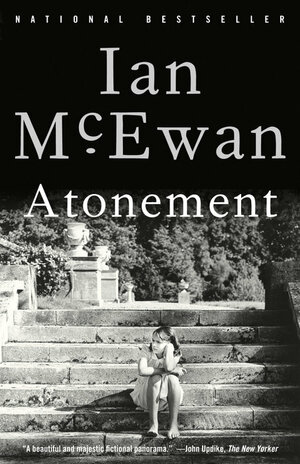
Atonement
Ian McEwan
Each of us is more than the worst thing we’ve ever done, or so the saying goes. But what a naïve, peevish 13-year-old named Briony Tallis sets in motion when she sees her older sister flirting with the son of a servant in hopelessly stratified pre-war England surpasses disastrous; it’s catastrophic. It’s also a testament to the piercing elegance of McEwan’s prose that “Atonement” makes us care so much.
Liked it? Try “The Sense of an Ending,” by Julian Barnes, “Brooklyn,” by Colm Toíbín or “Life Class,” by Pat Barker.
Liked it? Try “The Sense of an Ending,” by Julian Barnes, “Brooklyn,” by Colm Toíbín or “Life Class,” by Pat Barker.
27

Americanah
Chimamanda Ngozi Adichie
This is a love story — but what a love story! Crisscrossing continents, families and recent decades, “Americanah” centers on a Nigerian woman, Ifemelu, who discovers what it means to be Black by immigrating to the United States, and acquires boutique celebrity blogging about it. (In the sequel, she’d have a Substack.) Ifemelu’s entanglements with various men undergird a rich and rough tapestry of life in Barack Obama’s America and beyond. And Adichie’s sustained examination of absurd social rituals — like the painful relaxation of professionally “unacceptable” hair, for example — is revolutionary. — Alexandra Jacobs
Liked it? Try “We Need New Names,” by NoViolet Bulawayo, “Netherland,” by Joseph O’Neill or “Behold the Dreamers,” by Imbolo Mbue.
Liked it? Try “We Need New Names,” by NoViolet Bulawayo, “Netherland,” by Joseph O’Neill or “Behold the Dreamers,” by Imbolo Mbue.
28
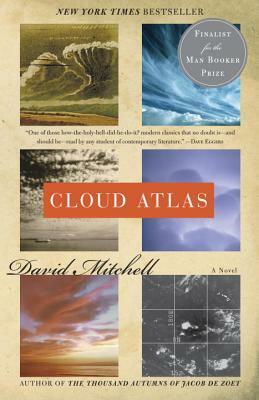
Cloud Atlas
David Mitchell
Mitchell’s almost comically ambitious novel is indeed a kind of cumulus: a wild and woolly condensation of ideas, styles and far-flung milieus whose only true commonality is the reincarnated soul at its center. The book’s six nesting narratives — from 1850s New Zealand through 1930s Belgium, groovy California, recent-ish England, dystopian Korea and Hawaii — also often feel like a postmodern puzzle-box that whirls and clicks as its great world(s) spin, throwing off sparks of pulp, philosophy and fervid humanism.
Liked it? Try “Same Bed Different Dreams,” by Ed Park or “Specimen Days,” by Michael Cunningham.
Liked it? Try “Same Bed Different Dreams,” by Ed Park or “Specimen Days,” by Michael Cunningham.
29

The Last Samurai
Helen DeWitt
Sibylla, an American expat in Britain, is a brilliant scholar: omnivore, polyglot, interdisciplinary theorist — all of it. Her young son, Ludo, is a hothouse prodigy, mastering the “Odyssey” and Japanese grammar, fixated on the films of Akira Kurosawa. Two questions arise: 1) Who is the real genius? 2) Who is Ludo’s father? Ludo’s search for the answer to No. 2 propels the plot of this funny, cruel, compassionate, typographically bananas novel. I won’t spoil anything, except to say that the answer to No. 1 is Helen DeWitt. — A.O. Scott
Liked it? Try “The Instructions,” by Adam Levin.
Liked it? Try “The Instructions,” by Adam Levin.
30
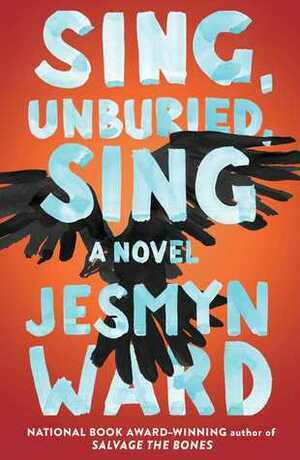
Sing, Unburied, Sing
Jesmyn Ward
Road trips aren’t supposed to be like this: an addled addict mother dragging her 13-year-old son and his toddler sister across Mississippi to retrieve their father from prison, and feeding her worst habits along the way. Grief and generational trauma haunt the novel, as do actual ghosts, the unrestful spirits of men badly done by. But Ward’s unflinching prose is not a punishment; it loops and soars in bruising, beautiful arias.
Liked it? Try “The Turner House,” by Angela Flournoy or “Lincoln in the Bardo,” by George Saunders.
Liked it? Try “The Turner House,” by Angela Flournoy or “Lincoln in the Bardo,” by George Saunders.
31
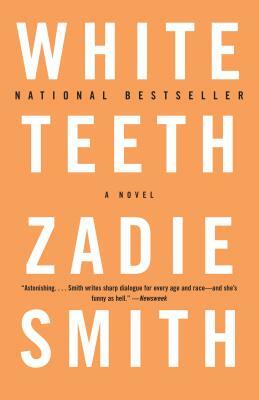
White Teeth
Zadie Smith
“Full stories are as rare as honesty,” one character confides in “White Teeth,” though Smith’s debut novel, in all its chaotic, prismatic glory, does its level best to try. As her bravura book unfurls, its central narrative of a friendship between a white Londoner and a Bengali Muslim seems to divide and regenerate like starfish limbs; and so, in one stroke, a literary supernova was born.
Liked it? Try “Lionel Asbo: State of England,” by Martin Amis or “Americanah,” by Chimamanda Ngozi Adichie.
Liked it? Try “Lionel Asbo: State of England,” by Martin Amis or “Americanah,” by Chimamanda Ngozi Adichie.
32
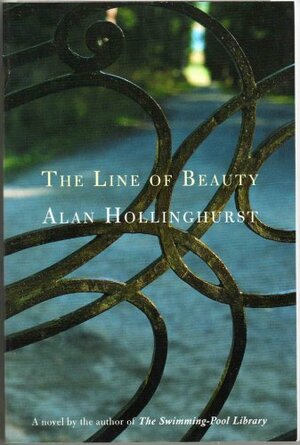
The Line of Beauty
Alan Hollinghurst
Oh, to be the live-in houseguest of a wealthy friend! And to find, as Hollinghurst’s young middle-class hero does in early-1980s London, that a whole intoxicating world of heedless privilege and sexual awakening awaits. As the timeline implies, though, the specter of AIDS looms not far behind, perched like a gargoyle amid glittering evocations of cocaine and Henry James. Lust, money, literature, power: Rarely has a novel made it all seem so gorgeous, and so annihilating.
Liked it? Try “Necessary Errors,” by Caleb Crain.
Liked it? Try “Necessary Errors,” by Caleb Crain.
33
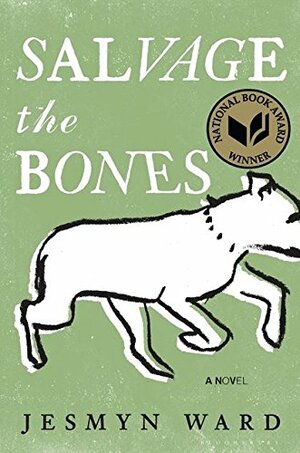
Salvage the Bones
Jesmyn Ward
As Hurricane Katrina bears down on the already battered bayou town of Bois Sauvage, Miss., a motherless 15-year-old girl named Esch, newly pregnant with a baby of her own, stands in the eye of numerous storms she can’t control: her father’s drinking, her brothers’ restlessness, an older boy’s easy dismissal of her love. There’s a biblical force to Ward’s prose, so swirling and heady it feels like a summoning.
Liked it? Try “Southern Cross the Dog,” by Bill Cheng or “The Yellow House: A Memoir,” by Sarah Broom.
Liked it? Try “Southern Cross the Dog,” by Bill Cheng or “The Yellow House: A Memoir,” by Sarah Broom.
34
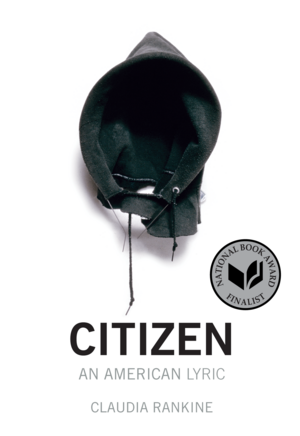
Citizen: An American Lyric
Claudia Rankine
“I, too, am America,” Langston Hughes wrote, and with “Citizen” Rankine stakes the same claim, as ambivalently and as defiantly as Hughes did. This collection — which appeared two years after Trayvon Martin’s death, and pointedly displays a hoodie on its cover like the one Martin wore when he was killed — lays out a damning indictment of American racism through a mix of free verse, essayistic prose poems and visual art; a National Book Critics Circle Award finalist in both poetry and criticism (the first book ever nominated in two categories), it took home the prize in poetry in a deserving recognition of Rankine’s subtle, supple literary gifts.
Liked it? Try “Voyage of the Sable Venus: And Other Poems,” by Robin Coste Lewis, “How to be Drawn,” by Terrance Hayes or “Ordinary Notes,” by Christina Sharpe.
Liked it? Try “Voyage of the Sable Venus: And Other Poems,” by Robin Coste Lewis, “How to be Drawn,” by Terrance Hayes or “Ordinary Notes,” by Christina Sharpe.
35
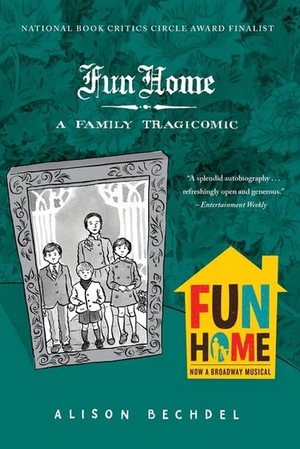
Fun Home: A Family Tragicomic
Alison Bechdel
“A queer business.” That’s how Bechdel describes her closeted father’s death after he steps in the path of a Sunbeam Bread truck. The phrase also applies to her family’s funeral home concern; their own Victorian, Addams-like dwelling; and this marvelous graphic memoir of growing up gay and O.C.D.-afflicted (which generated a remarkable Broadway musical). You forget, returning to “Fun Home,” that the only color used is a dreamy gray-blue; that’s how vivid and particular the story is. Even the corpses crackle with life. — Alexandra Jacobs
Liked it? Try “Blankets,” by Craig Thompson, “My Dirty Dumb Eyes,” by Lisa Hanawalt or “Small Fry,” by Lisa Brennan-Jobs.
Liked it? Try “Blankets,” by Craig Thompson, “My Dirty Dumb Eyes,” by Lisa Hanawalt or “Small Fry,” by Lisa Brennan-Jobs.
36
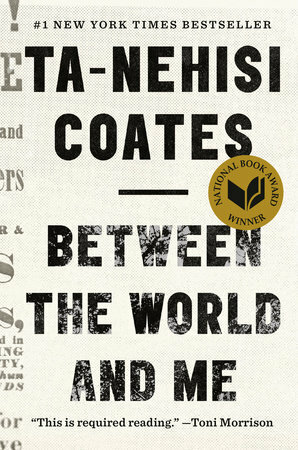
Between the World and Me
Ta-Nehisi Coates
Framed, like James Baldwin’s “The Fire Next Time,” as both instruction and warning to a young relative on “how one should live within a Black body,” Coates’s book-length letter to his 15-year-old son lands like forked lightning. In pages suffused with both fury and tenderness, his memoir-manifesto delineates a world in which the political remains mortally, maddeningly inseparable from the personal.
Liked it? Try “American Sonnets For My Past and Future Assassin,” by Terrance Hayes, “Don’t Call Us Dead,” by Danez Smith or “Black Folk Could Fly,” by Randall Kenan.
Liked it? Try “American Sonnets For My Past and Future Assassin,” by Terrance Hayes, “Don’t Call Us Dead,” by Danez Smith or “Black Folk Could Fly,” by Randall Kenan.